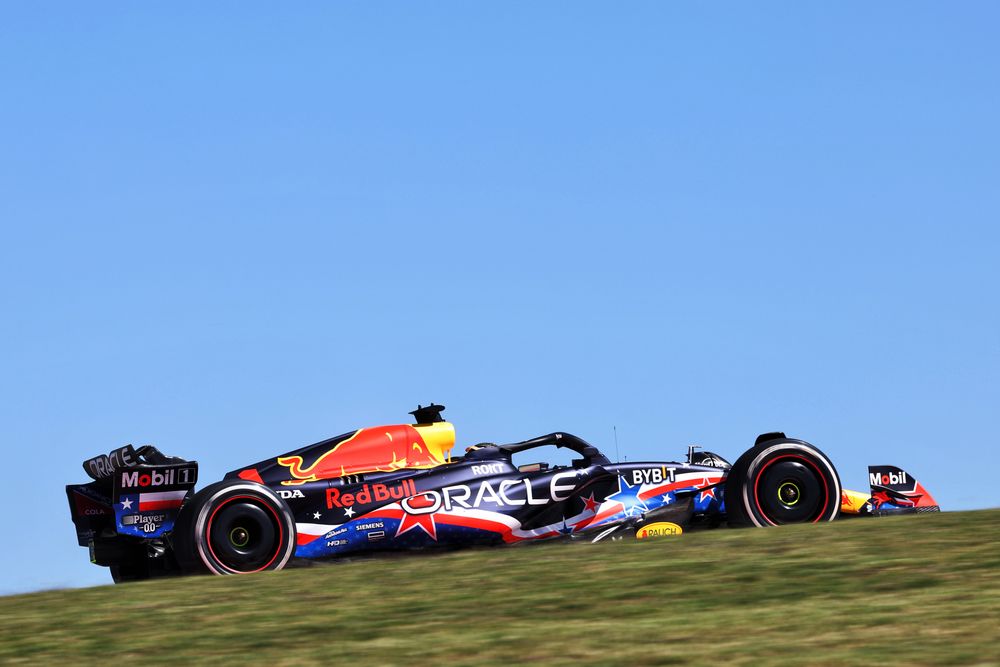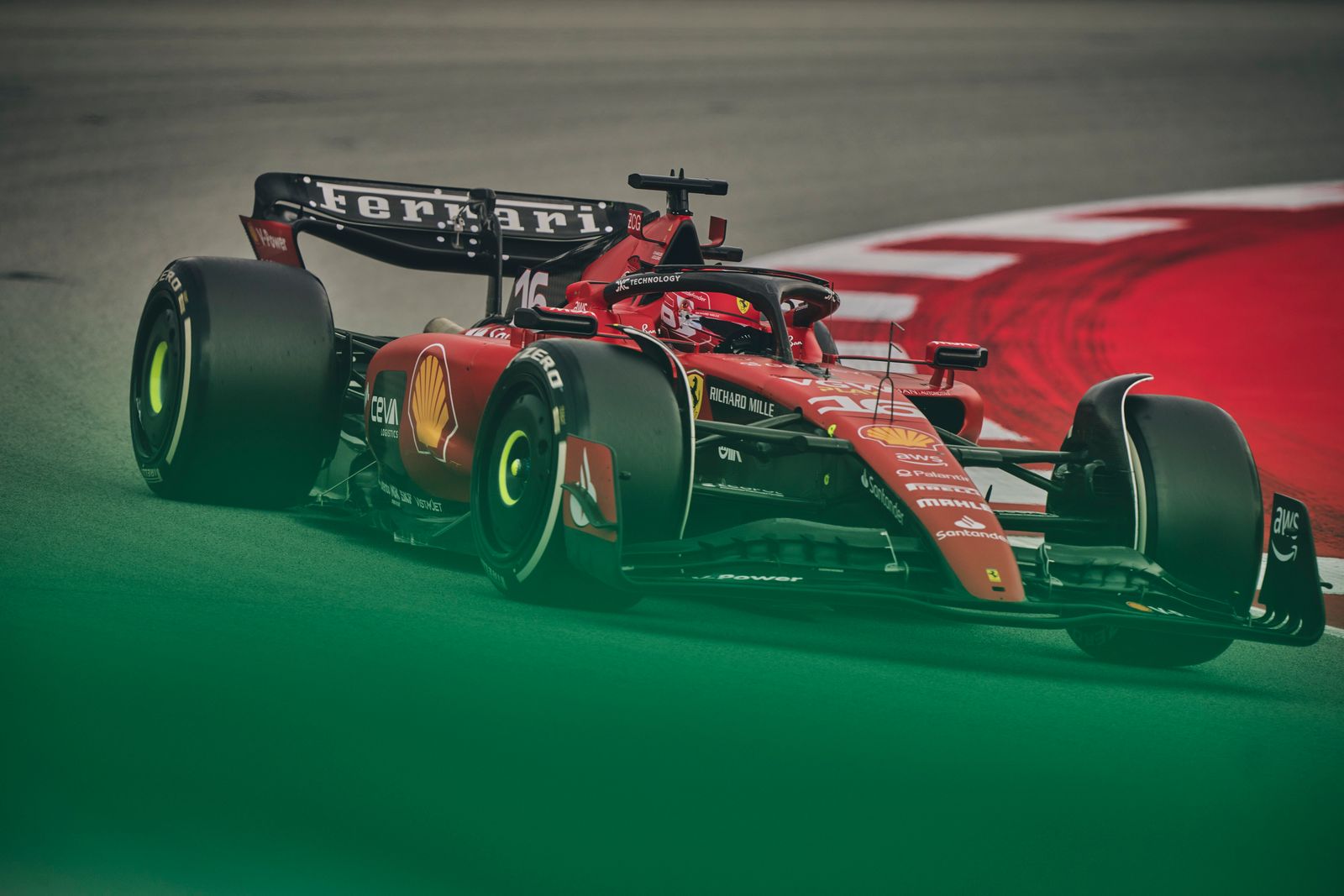Up Next

There are a couple of things Red Bull's RB19 2023 Formula 1 car doesn’t seem to like: the condensed set-up time of a sprint weekend and a track with bumps.
For qualifying at Austin it had to deal with both simultaneously. Without Max Verstappen’s deleted final Q3 lap (due to track limits at Turn 19) it would have been on pole regardless. But only just – and not legitimately.
It’s far more competitive than Max’s official grid slot of sixth would suggest – as he will doubtless prove in the race on Sunday – but he was in a fight throughout qualifying, notably with the Ferraris, Lewis Hamilton’s Mercedes and ultimately, late in the day, with Lando Norris’ McLaren too.
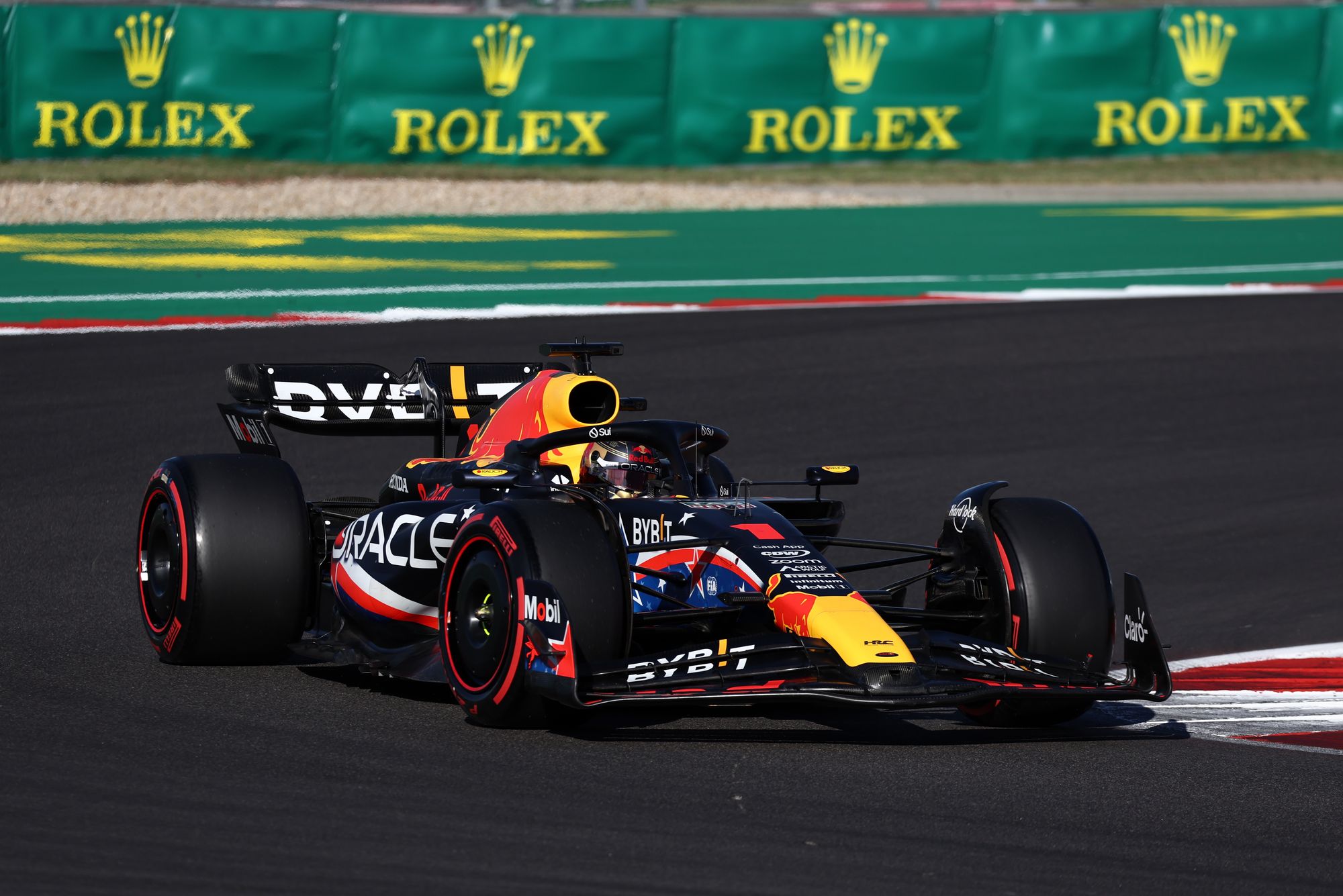
When looking at a breakdown in how Verstappen’s lap compared to those of the top two on the grid - Charles Leclerc’s Ferrari and Norris’ McLaren - the Red Bull gets its (ultimately deleted) pole almost solely from a huge advantage at the Turn 11 hairpin.
Neither Norris nor Leclerc were clean through there, both taking a little too much apex kerb, caught out by how much more their cars rotated than they were expecting. Take those two errors out of the equation and Verstappen’s deleted lap would not have been pole. That’s where the RB19 was at here. So three key errors – one from each driver - jumbled up the outcome.
But in between those small moments we can see a quite distinct performance pattern – and it doesn’t favour Red Bull.
Any track where the bumps enforce a raised ride height will hurt a car which derives more of its downforce than the others from its underfloor. Right there is described the Red Bull at COTA.
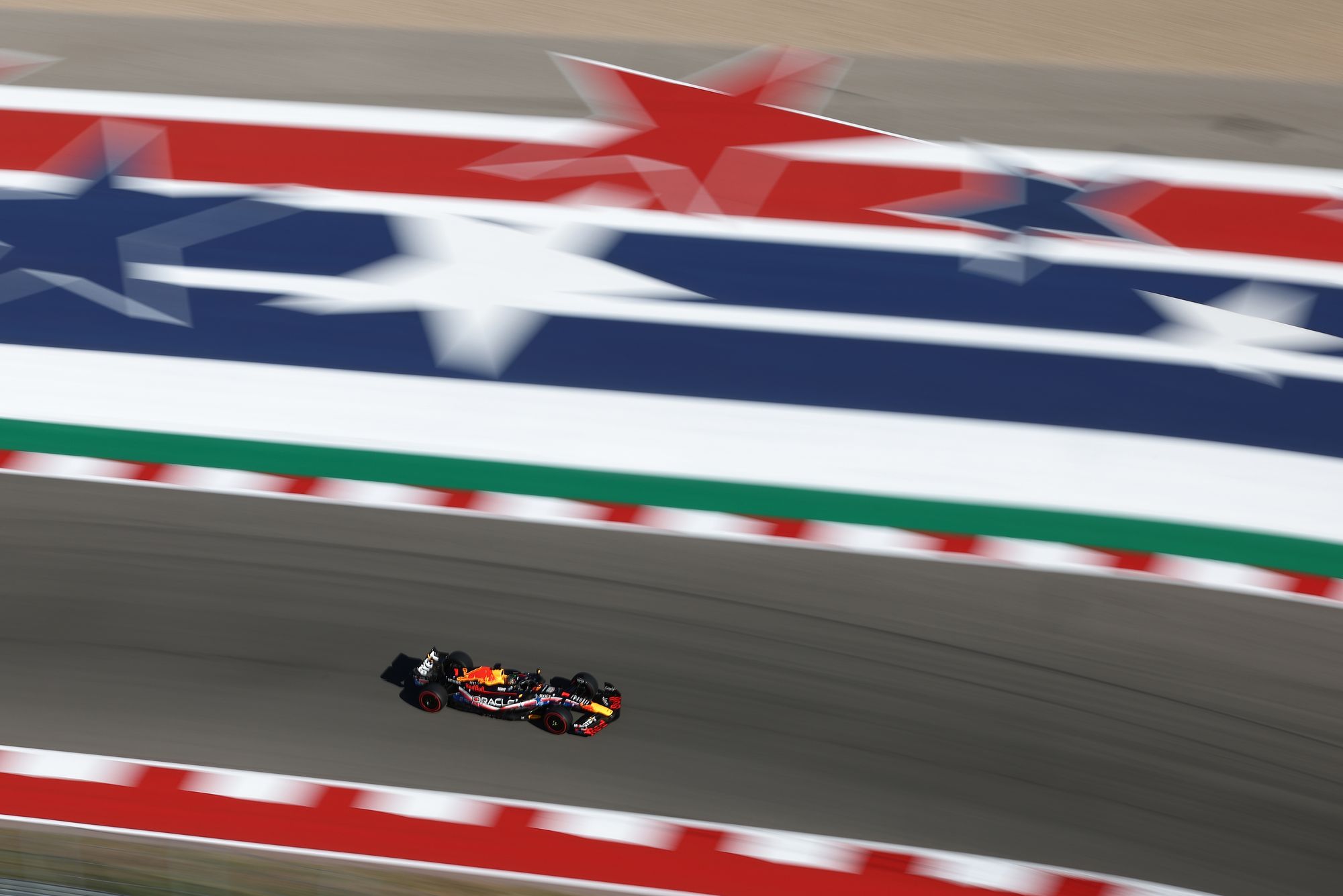
The elastic sub-structure of the land here plays all sorts of games with where the bumps pop up on this circuit. By general consensus, it was even bumpier this year than last. So everyone’s ride height had to come up. Not as much as at Singapore, but enough to lose the Red Bull (and the McLaren) more downforce than the Ferrari and Mercedes. Without its usual underfloor advantage its wing level was directly comparable to that of its two rivals. Which made the Ferrari fastest on the straights.
Furthermore Verstappen did not find the ultimate balance in the car. It wasn’t bad, he reported, but a little too understeery for his tastes, particularly in the latter part of the lap. Without another session to refine it, he was stuck with it.
Leclerc by contrast feels that this format suits Ferrari.
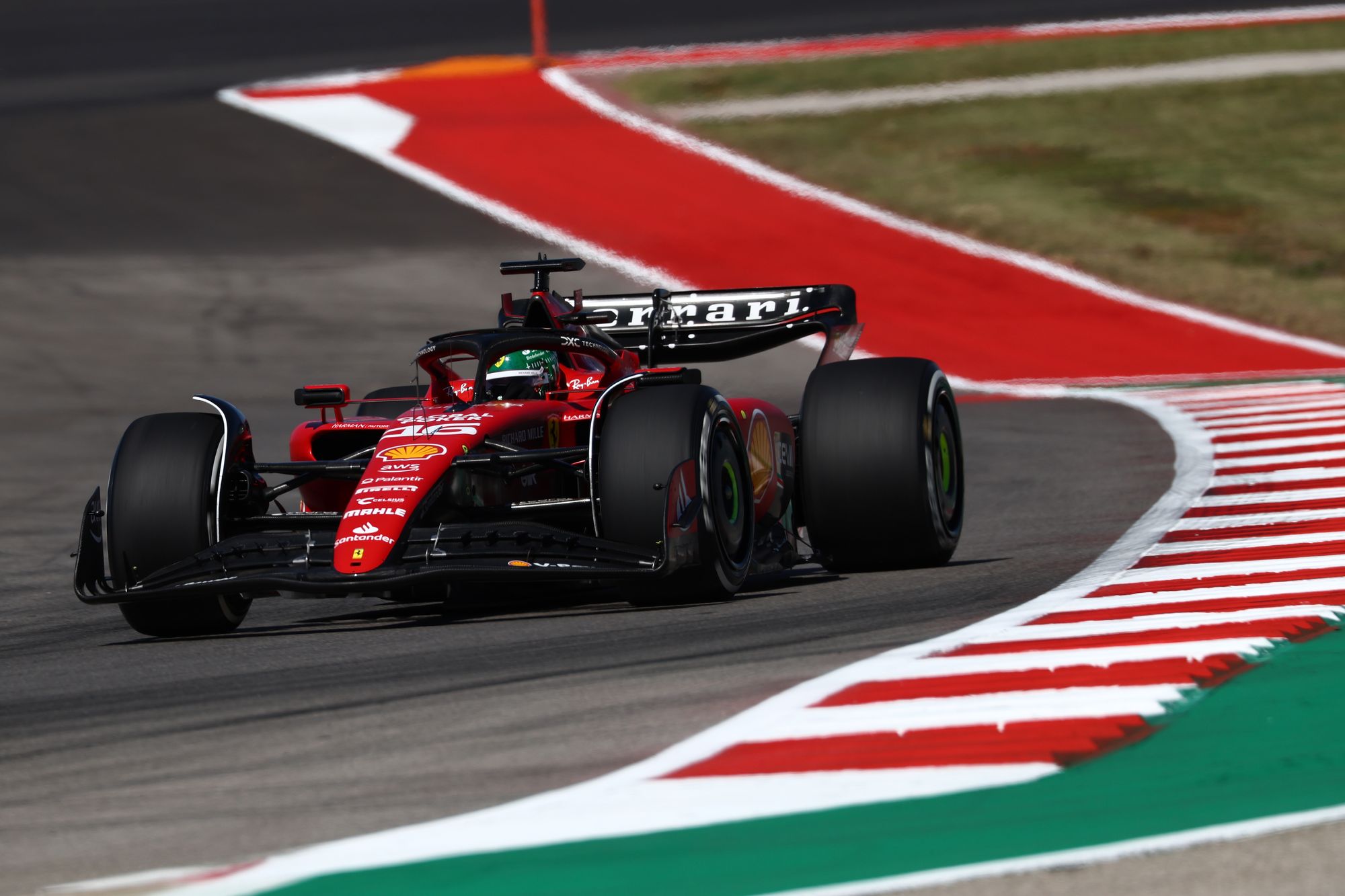
“We know our car well,” he said. “We haven’t put much development on it and we tend to start the weekend on the front foot. So the sprint format suits us.”
It’s a simpler car, with a lower performance ceiling than the Red Bull, but perhaps a more accessible one.
What the Ferrari also took in its stride were the bumps.
“Normally we are poor in high-speed corners, but here the high-speed is bumpy and we were good on the bumps," said Leclerc. "It gives you a lot of confidence to push.”
And he pushed mighty hard on his final run.
“The first [Q3] lap was much cleaner,” he said, “but the second lap was just a case of let’s go for it and see what happens.”
That’s his speciality, at least when in a car with the sort of responsive front balance he prefers. Which, since the car’s new floor arrived for Suzuka last month, it has had.
“Yes, before we had to have it with more understeer because if you got oversteer you’d lose a lot of grip," Leclerc explained.
"But the Suzuka floor allows us to use a stronger front and I feel more at ease with the car like this.”
Sector 1
Leclerc 25.338s
Verstappen 25.477s
Norris 25.485s
Verstappen takes a big chunk of time out of both cars through Turn 1, but thereafter, the Ferrari is significantly faster down the hill and through Turn 2 and along the short straight which follows, travelling around 3km/h faster for a long distance.
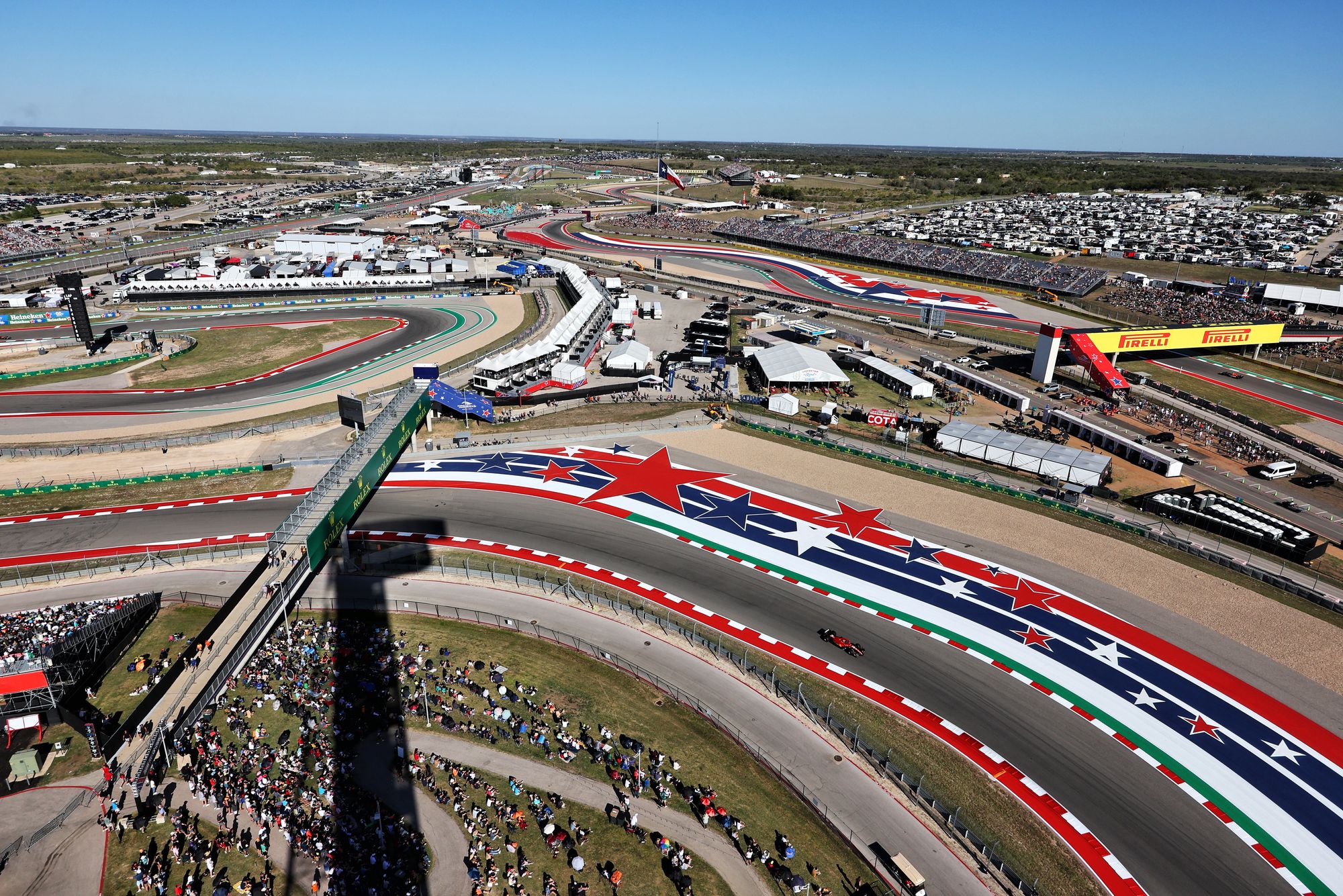
By the time they arrive at the start of the esses Leclerc is already over a quarter-of-a-second ahead. Verstappen however is mighty through Turn 3, managing to stay in seventh gear all the way to the approach of Turn 4, whereas the Ferrari and McLaren both change down to sixth. Verstappen’s apex speed at Turn 3 is fully 13km/h (8mph) faster than either of his rivals. That reduces Leclerc’s first sector advantage to 0.139s over Verstappen.
Sector 2
Verstappen 38.095s
Norris 38.111s
Leclerc 38.153s
Verstappen is quickest in this sector only through his lack of error at Turn 11, which buys him 0.15s over them both.
“The car just rotated more than I was expecting and I clip[ped a lot if that inner kerb,” explained Norris of a small incident which looked almost identical to Leclerc’s.
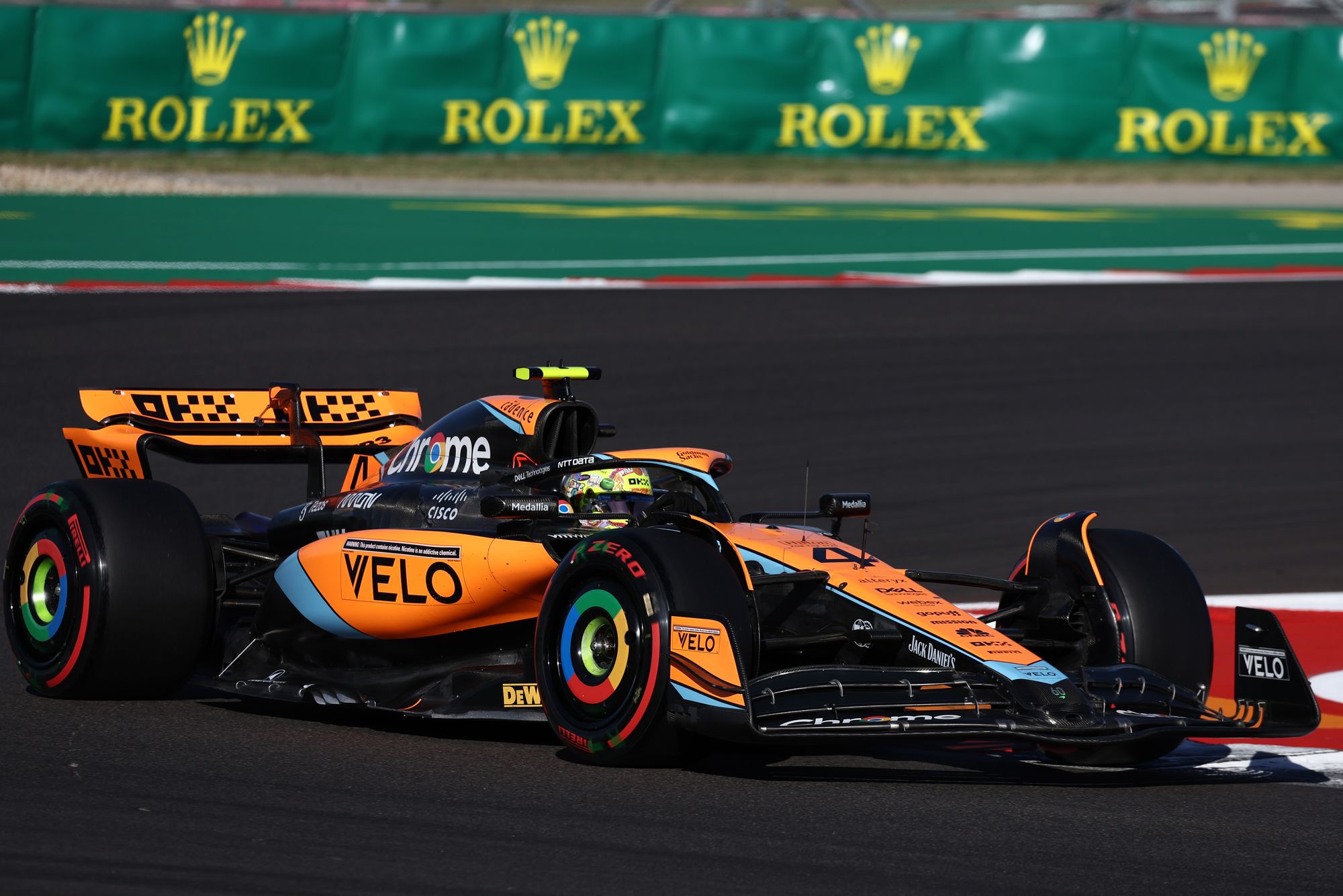
Maybe the wind direction had changed slightly, but just that small brush with the kerb was costly for both Leclerc and Norris, with the latter explaining “it costs maybe a tenth initially but then that lower entry speed carries your deficit all the way down that straight to Turn 12 and costs maybe another half-a-tenth.”
But even with Leclerc’s messy Turn 11, he still pulled out 0.139s over Verstappen down the back straight as the Ferrari’s greater speed told. Although Norris edges the Ferrari in that sector, he’s still almost 0.2s behind over the lap so far.
Sector 3
Verstappen 31.146s
Leclerc 31.232s
Norris 31.257s
This sector running from just after the Turn 12 left-hander at the end of the back straight to the start/finish line incorporates that fast, super-long right-handed parabolica of Turns 16/17/18, almost immediately followed by a couple of 90-degree turns.
Here the Red Bull’s tyres are past their best, possibly as a result of how much more Verstappen took from them through the esses. Through that long right-hander he loses 0.16s to the Ferrari and 0.18s to the McLaren.
So so close for Max Verstappen 😩
— Formula 1 (@F1) October 20, 2023
The Dutchman grabbed provisional pole but his time was deleted for track limits
He will start from P6 on Sunday#USGP #F1 pic.twitter.com/a1rgZ9iCgX
He’s quickest in the sector mainly from running wide of track limits at Turn 19 (because the tyres are overheating), which allows him to rejoin the track going significantly faster than either Leclerc or Norris. So that fastest sector 3 time is really not legitimate.
Without the track limits breach, he’d likely have been the slowest through there because of those over-temperature tyres. The deletion of that lap left him relying on his first Q3 run when the track was slower.
Leclerc’s pole was thus deserved. Only a small moment through the final turn, obliging him to be late on the throttle, allowed Norris to get within 0.13s of him.


